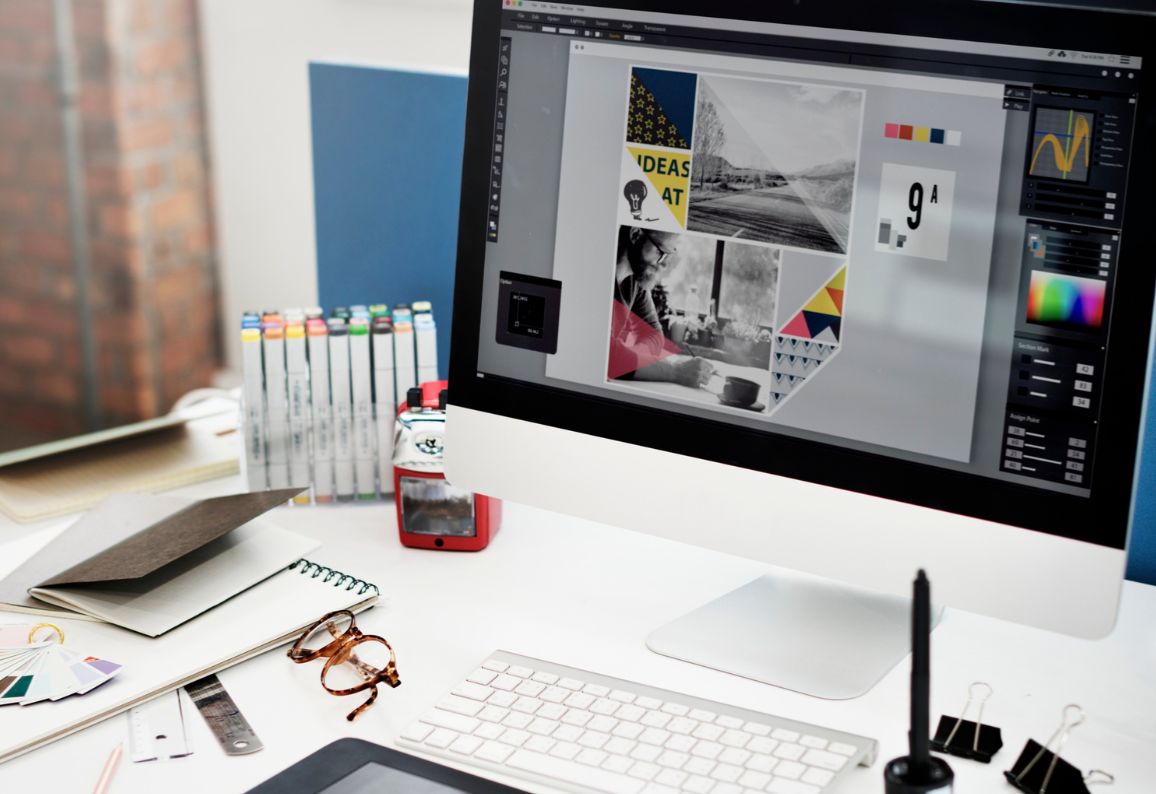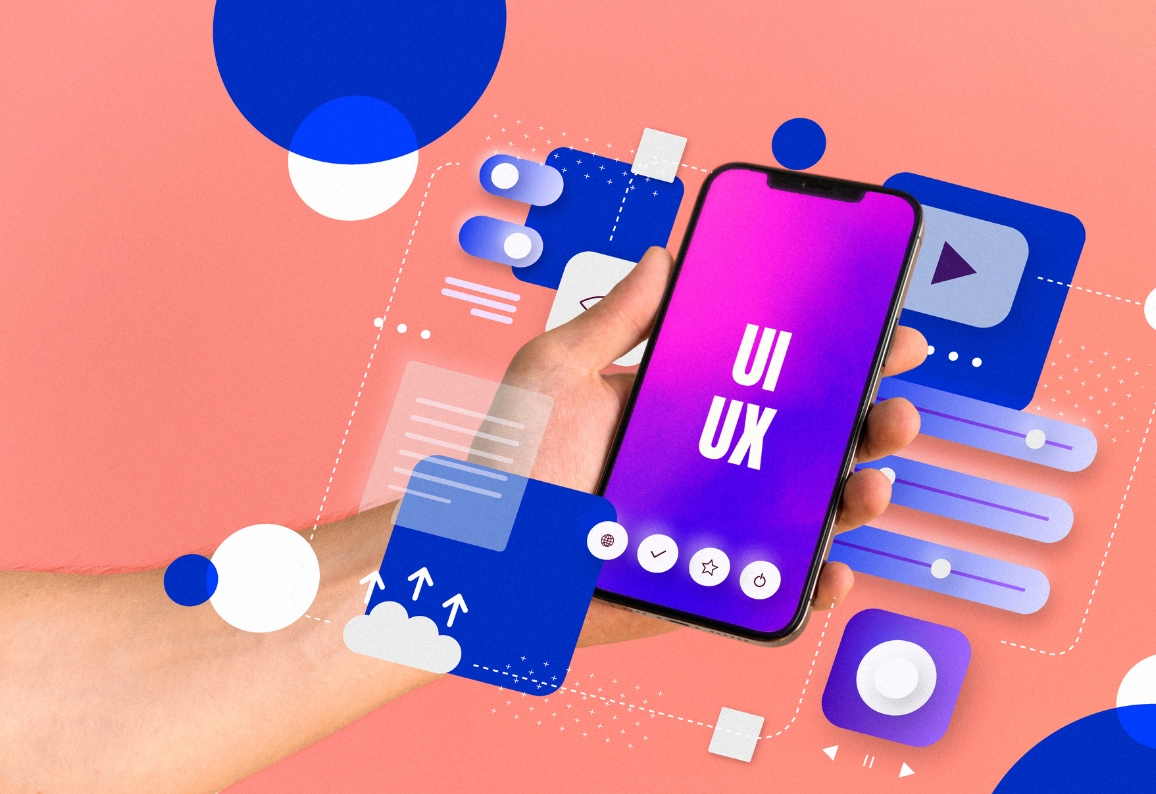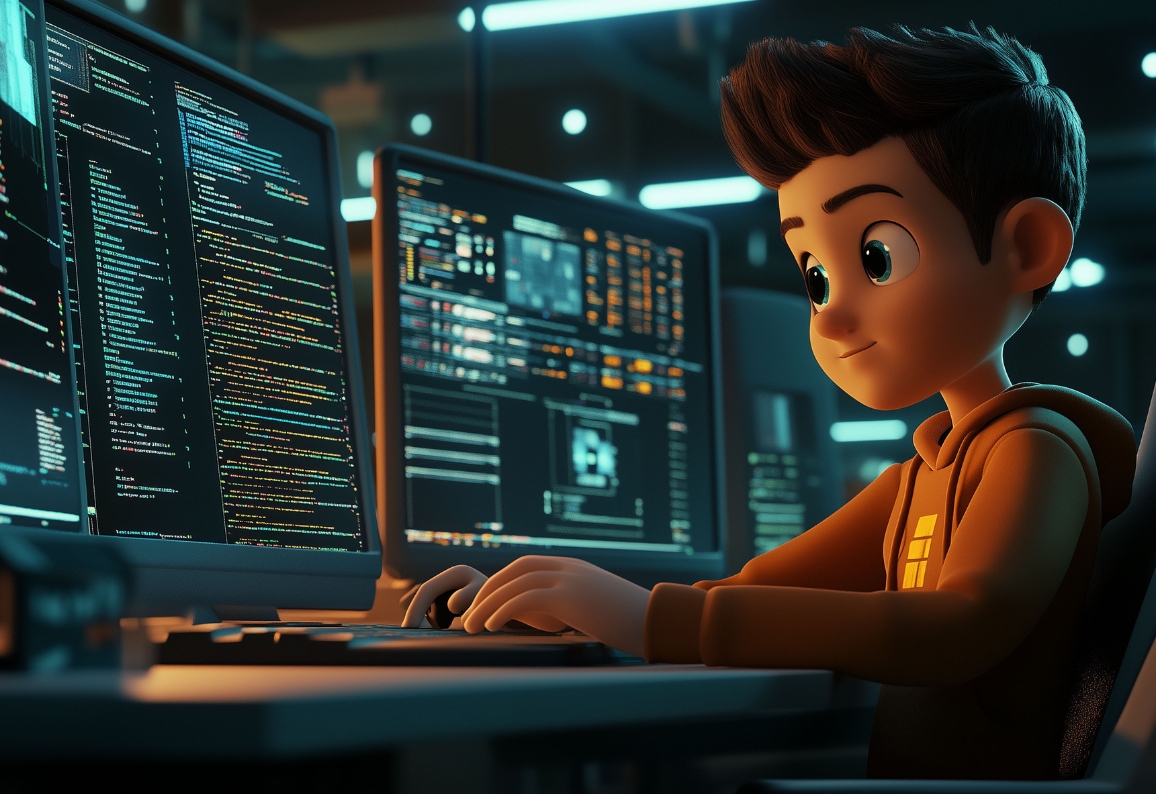Graphic design is the art of technology and communication, and it involves creating visual content to communicate messages and ideas to specific audiences. Graphic design is the field that has a touch in nearly every aspect of modern life, from branding to web design, digital media to print. In this blog, we will explore the significance of graphic design, its history, key principles, and its role in various industries
The Art and Science of Graphic Design: Crafting Visual Stories
Graphic design is the art of technology and communication, and it involves creating visual content to communicate messages and ideas to specific audiences. Graphic design is the field that has a touch in nearly every aspect of modern life, from branding to web design, digital media to print. In this blog, we will explore the significance of graphic design, its history, key principles, and its role in various industries.*1. The Essence of Graphic Design: A Creative Blend of Art and Communication
Graphic design, at its very core, is a matter of communication through the use of visual elements. Its purpose is not just about aesthetics but to say something or tell a story in such a way that it's clear, engaging, and memorable. It may be a company logo, a social media post, or an advertisement in a magazine. Graphic design is about the use of color, typography, imagery, and layout to communicate ideas to an audience.
Graphic design is not about how pretty it is; it is a mixture of form and function It needs to grab one's attention, evoke an emotion, and, at the same time, serve a purpose. This fusion of artistic expression with strategic thinking makes graphic design an art as well as a science.
2. Brief History of Graphic Design
Graphic design has a rich and varied history that spans centuries. However, the modern concept of graphic design as we know it today began to take shape in the late 19th and early 20th centuries with the advent of mass production and printing technologies.
- Pre-Industrial Era: Before the advent of the industrial revolution, graphic design was all about hand-drawn illustrations, manuscripts, and paintings. Illuminated manuscripts often had the earliest examples of graphic design, where designs were used to decorate religious texts.
- Industrial Revolution and Printing Press: The invention of the printing press by Johannes Gutenberg in the 15th century revolutionized the dissemination of information. Mass-produced books, posters, and newspapers required a new approach to visual layout and typography.
- 20th Century: Graphic design as a professional discipline emerged in the early 20th century. The Bauhaus movement in Germany, established in 1919, contributed to the formation of modern design by emphasizing simplicity, functionality, and geometric shapes. Innovative typography, branding, and visual identity approaches were developed by designers like Paul Rand, Saul Bass, and Milton Glaser.
- Digital Revolution: The computer and graphic design software such as Adobe Photoshop and Illustrator, which gained popularity in the 1990s, marked a technological revolution. For the first time, designers were able to create complexity and intricacy with unprecedented ease, giving rise to the industry of digital design as we understand it today.*3. Key Principles of Graphic Design
Graphic design is more than just piling images and words together. There are core principles that guide this process and will ensure that your final design gets the message through.
Balance
Balance describes the distribution of visual weight within a design. A balanced design is harmonious, aesthetically pleasing, and easy to follow. There are two types of balance in a design:
- Symmetrical Balance: This balances a design by dividing it into two equal parts that mirror each other. This creates a feeling of order and formality.
.
- Asymmetrical Balance:This balance is achieved through the balancing of different elements, which are all of varying sizes and weights on either side of a design. It tends to feel more dynamic and modern.
Contrast
Contrast refers to the dissimilarity in elements, which can be between light and dark, big and small, or bold and weak. It is very useful in building visual interest as well as helping the eye along. Strong contrast makes important items stand out; it helps ensure that the designer's key messages are communicated well.
Alignment
Alignment makes sure things in a composition are visually associated and arranged. Good alignment supports the creation of order, so the look of the composition is cohesive, structured, and the eye follows around the content nicely.
Repetition
Repetition consists of using repeating the same visual elements, whether it is the color, the shape, the font, all throughout a design to create unification and unity. Repetition helps carry the message in the design.
Hierarchy: Visual hierarchy can be defined as the arrangement of elements to exhibit their order of importance. Taller, bolder, or simply more colorful visual elements are higher in the hierarchy and attract greater attention first. This principle sets up the basis for viewers being able to distinguish where to focus, and in which order.
Proximity is the bringing together of related items. When elements are placed close to each other, they are perceived as related or part of the same group. This principle helps organize information and makes the design easier to understand.
Tools of the Trade: Graphic Design Software
In the modern age, graphic design is highly dependent on digital tools and software. Some of the most popular and widely used graphic design programs include:
- Adobe Photoshop: This is the place for photo editing and digital painting. It allows the designer to manipulate images, create intricate designs, and add special effects.
- Adobe Illustrator: It is a vector graphics editor where logos, icons, and illustrations are created scalable. It's very precise and versatile.
- Adobe InDesign: This is used for layout and desktop publishing and is used in creating multi-page documents such as magazines, brochures, and books.
- CorelDRAW: Another vector graphics editor that can be compared with Illustrator but in some industries preferred over Illustrator like print.
- Canva:A lot more user-friendly, online resource that even absolute beginners can get to work making professional-quality designs. It is great for use on social media, flyers, or just quick branding.
. The role of graphic design in branding.
Branding is probably the most critical application of graphic design. The visual identity of a brand-the logo, color palette, typography, and general aesthetic-is how the brand will be perceived by the target audience. A good brand can build trust, loyalty, and an emotional connection with its customers.
Logo Design
A logo is one of the first visual interactions that a customer may have with a brand. It symbolizes the values, mission, and personality of the company. The best designs are simple, memorable, and scalable to fit all mediums.
*Color Psychology**
Color plays a significant role in branding and design because it evokes emotions and influences perceptions. For example, blue is often associated with trust and professionalism, while red can evoke excitement and urgency. Understanding color psychology helps designers create brand identities that resonate with their intended audience.
*Typography
Typography, or the art of arranging text, is another critical element of branding. The fonts selected for a brand's logo, website, and marketing materials help to create a tone and personality. Whether modern sans-serif font or classic serif font, typography can speak of sophistication, fun, or reliability.
6. Importance of Graphic Design in Web and App Design
Graphic design plays a crucial role in the creation of websites and mobile applications in today's digital world. Often, the first thing that a user notices is the visual appeal of a website or app, and it plays a major role in whether they will engage with the content or leave.
User Experience (UX) Design
Graphic design and UX design are closely related. UX design focuses on creating a positive and intuitive experience for users by considering factors like navigation, load time, and overall usability. Graphic designers collaborate with UX designers to ensure that the visual elements of a website or app are not only beautiful but functional.
Responsive Design
The upswing of mobile Internet usage has transformed responsive design as a necessity. Graphic designers, therefore, will require checking whether the developed websites and apps should be responsive, that is available on all screens, from computers to mobile handsets. So, careful considerations in layout and typography along with images are carried out to seamlessly fit the presentation across different-sized screens.
7. The Future of Graphic Design
The field of graphic design is constantly changing. New technologies and trends emerge every day, and the future of graphic design promises to be even more dynamic and exciting. Some of the trends to look out for in the coming years include:
- AI in Design: AI-powered tools are now being used to support designers in making layouts, font selections, and color schemes. The design process will be faster and help designers make more informed decisions.
Motion Graphics and Animation: Video content, which is extremely popular on the internet, means that motion graphics and animation are needed more and more within the field of graphic design. Designers utilize these techniques to somehow recreate static images in a way that's much more interactive and engaging.
- Sustainable Design:As environmental concerns grow, there is a shift towards sustainable design practices. this includes using eco-friendly materials in print design, optimizing digital designs to reduce energy consumption, and supporting brands that prioritize sustainability.
Conclusion: The Power of Visual Storytelling
Graphic design is a strong tool that defines how we view and interact with the world. It is the fusion of creativity, technology, and strategy that helps to visually communicate a brand message, an advertisement, or even a website layout. The principles, tools, and applications of graphic design enable us to communicate ideas and emotions that words alone cannot.
As the technology advances, the area of graphic design will evolve, but it will definitely be maintained for its original goal: communication, inspiration, and linkage. Whether you are a designer, a business owner, or simply someone who appreciates good design, you can see that graphic design is indeed more than simply an art form—it is part of our visual culture.







